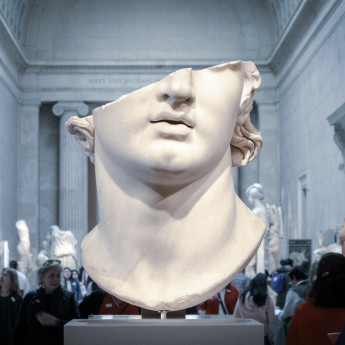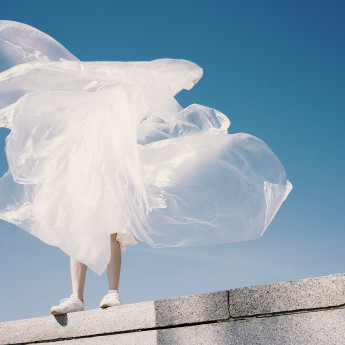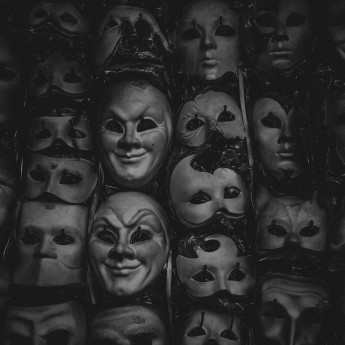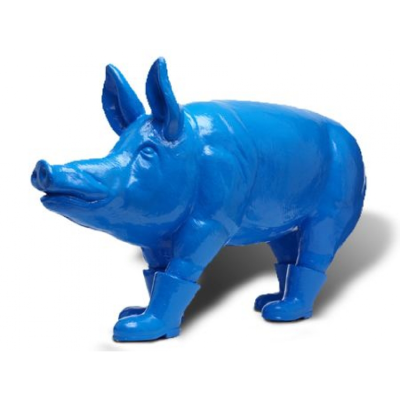
Details
Artist
Styles
Unicorn (narwhale tooth replica), gold paint, paper, ink. - Sculpture size: 170 cm - Wooden crate size: 180 x 25 x 25 cm - Quote on the label: 'My most priceless treasure is the unicorn horn which doth sweat in the presence of poison and when touched to any venomous material doth have the power of transmuting them'. NICCOLO NICCOLI DE UZZANO. signed, dated, numbered 5/10 on the label // Mark Dion’s My Most Priceless Treasure (unicorn) from 2004 explores themes of mythology, science, and curiosity. This mixed-media sculpture features a replica of a narwhal tooth, symbolizing the fabled unicorn horn. Set in a wooden crate with a nostalgic label, it evokes Renaissance curiosity cabinets, where such artifacts were cherished for their supposed magical properties. The quote by Niccolò Niccoli de Uzzano reinforces the allure and mystique surrounding unicorn horns, once believed to detect and neutralize poison. Dion’s work critiques and celebrates the history of natural history, blending fact with legend.
My Most Priceless Treasure (unicorn), 2004
form
Medium
Size
180 x 25 X 25 cm
- Inches
- Centimeters
Edition
Price
- USD
- EUR
- GBP
Details
Artist
Styles
Unicorn (narwhale tooth replica), gold paint, paper, ink. - Sculpture size: 170 cm - Wooden crate size: 180 x 25 x 25 cm - Quote on the label: 'My most priceless treasure is the unicorn horn which doth sweat in the presence of poison and when touched to any venomous material doth have the power of transmuting them'. NICCOLO NICCOLI DE UZZANO. signed, dated, numbered 5/10 on the label // Mark Dion’s My Most Priceless Treasure (unicorn) from 2004 explores themes of mythology, science, and curiosity. This mixed-media sculpture features a replica of a narwhal tooth, symbolizing the fabled unicorn horn. Set in a wooden crate with a nostalgic label, it evokes Renaissance curiosity cabinets, where such artifacts were cherished for their supposed magical properties. The quote by Niccolò Niccoli de Uzzano reinforces the allure and mystique surrounding unicorn horns, once believed to detect and neutralize poison. Dion’s work critiques and celebrates the history of natural history, blending fact with legend.
What is Environmental Art?
Environmental art is a collective term that refers to a wide range of artistic practices and works that engage with historical and ecological themes. The term often encompasses ecological concerns, although it is not exclusively defined by them. Environmental art acknowledges and appreciates the early history of the environmental art movement, including works with activist themes and those celebrating the connection between nature and the artist through the use of natural materials.












